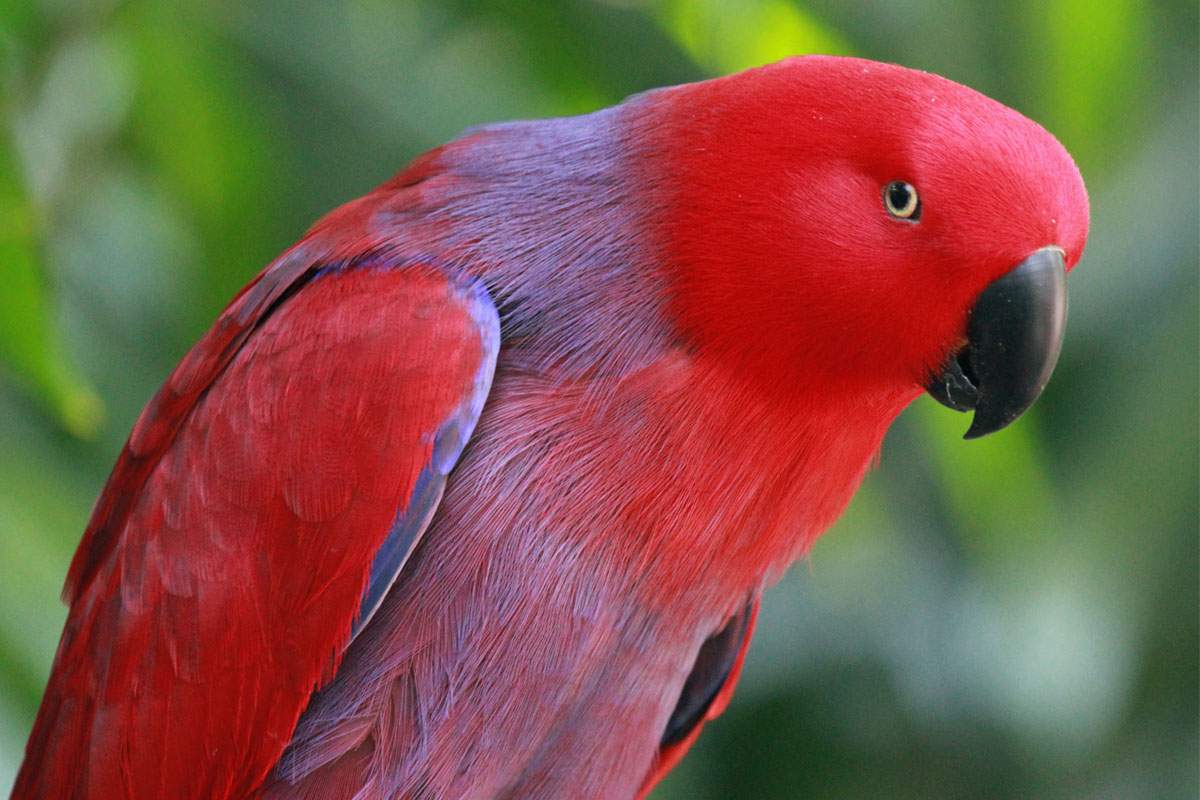
If you've ever seen someone with a beautiful, multicolored parrot, you might have thought about getting one yourself.
Before you start tracking down your very own parrot, though, it's worth considering that your friend's bird may have originally been the victim of wildlife trafficking.
Every year, millions of birds are taken from places like Brazil to sell around the world, and it is devastating tropical bird populations.
What is even more troubling is that as much as some people might want to release those birds back into the wild, it's not so simple as that.
It's important to reintroduce birds to their original forest niche, because if we don't put them back where they came from they may not survive, or they could potentially cause harm to other animals.
Since this is such a delicate issue, Brazil even has laws that require a bird seized from wildlife traffickers be released exactly where it was captured, or not be released at all. Some researchers are taking knowledge of bird  niches and combining it with bioacoustics to determine where birds were seized from based on their dialects.
They are essentially using the bird's language and other known factors about the bird's ideal habitat to figure out what part of the forest they came from. The approach isn't entirely effective so far, but the results are still promising.
Some birds have distinct dialects and it's likely they can be successfully reintroduced in the right areas. Other birds learn new dialects in captivity, so it's difficult to figure out where they are from. One positive result from all of this is that if birds can learn new dialects, that potentially means that they can adapt to new areas.
Instead of buying a parrot, as pretty as they are, consider adopting something at the local animal shelter.
Sources And Further Reading
- Actman, J. (2016). What Happens to Smuggled Animals After They're Seized? National Geographic, September 30, 2016.
- Magroski, L. M., et al. (2017). Where to release birds seized from illegal traffic? The value of vocal analyses and ecological niche modeling. Perspectives in Ecology and Conservation. 15 (2), 91–101.
- Martins, B. A., Rodrigues, G. S. R., & de Araújo, C. B. (2018). Vocal dialects and their implications for bird reintroductions. Perspectives in Ecology and Conservation. 16, 83-89.









